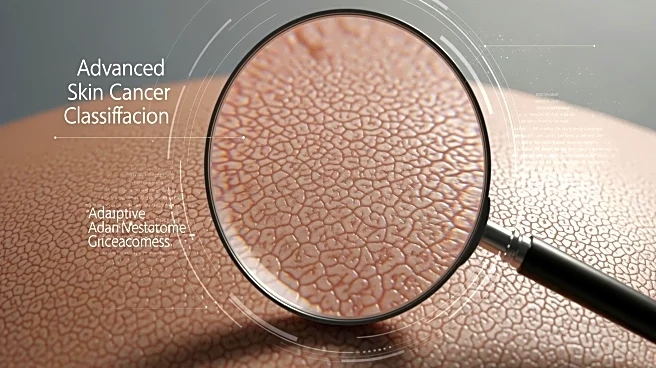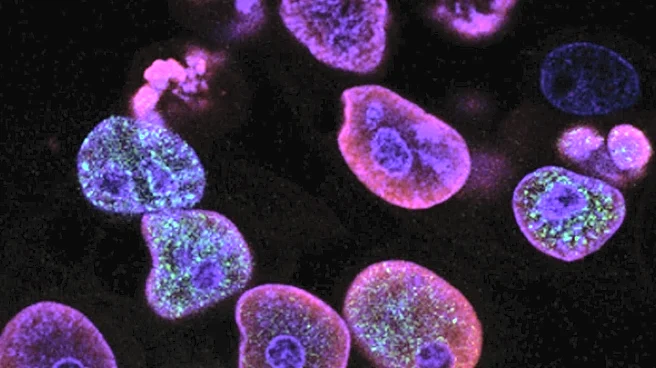What's Happening?
A study explores the use of the EfficientNetV2L architecture for improving skin cancer classification. The model utilizes high-resolution images from nine distinct classes of skin cancer, employing data
preprocessing, augmentation, and adaptive training strategies to enhance accuracy. The study highlights the use of transfer learning and regularization techniques to improve model generalization and reduce overfitting, making it a robust tool for medical diagnostics.
Why It's Important?
Advancements in AI-driven diagnostic tools like EfficientNetV2L can significantly impact the early detection and treatment of skin cancer, a common and potentially deadly disease. By improving classification accuracy, healthcare providers can offer more precise diagnoses, leading to better patient outcomes. This technology represents a step forward in personalized medicine, where AI can assist in tailoring treatment plans based on individual patient data, ultimately improving healthcare efficiency and effectiveness.











